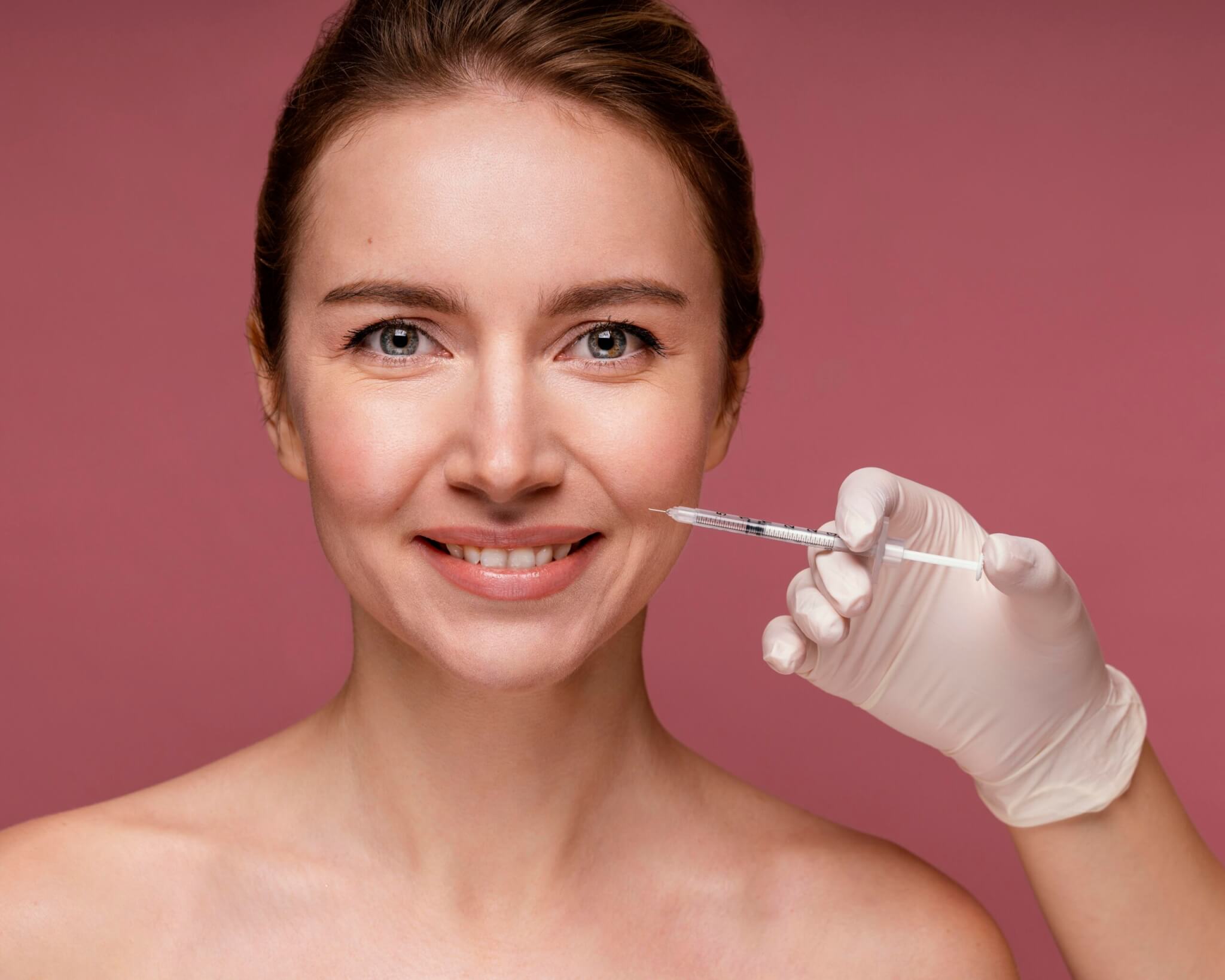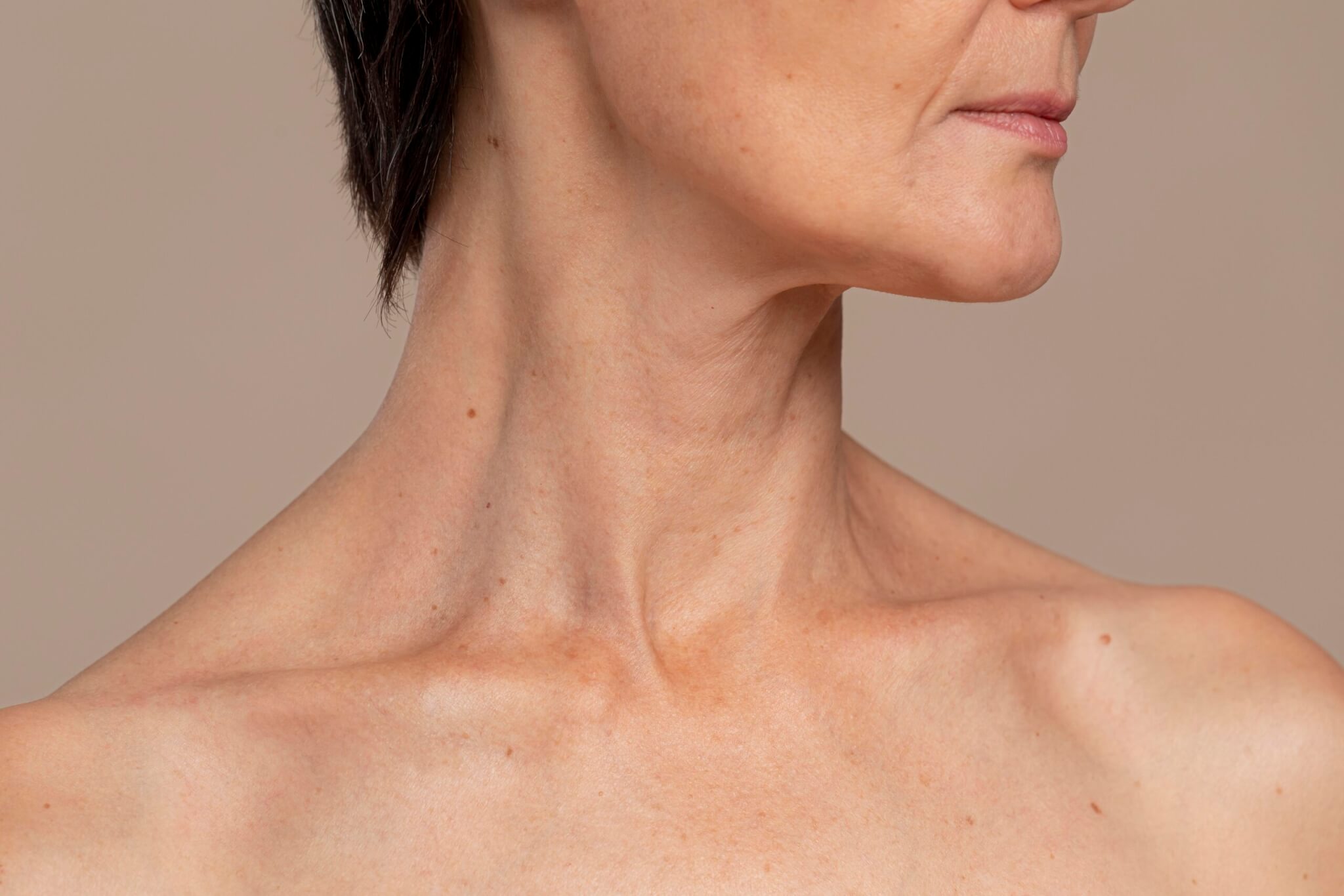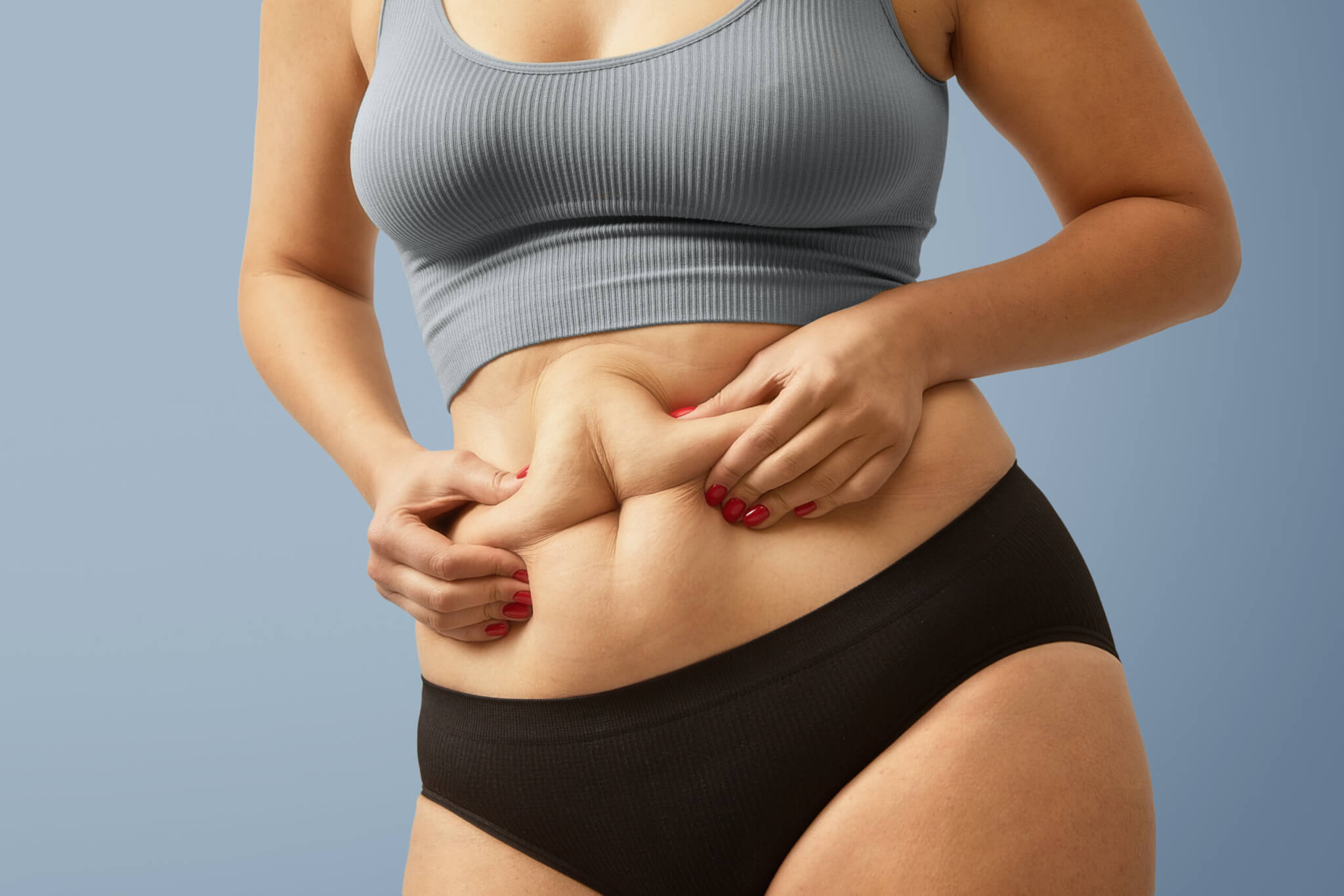Carboxy therapy offers a non-invasive way to reduce stretch marks by injecting medical-grade carbon dioxide (CO2) under the skin. This triggers increased blood flow, collagen production, and tissue repair, leading to smoother skin over time. Research suggests scheduling sessions every 1–2 weeks for 6–12 treatments provides noticeable improvement in stretch mark appearance for most people. Results vary based on stretch mark age, skin type, and severity—newer red marks respond faster than older white ones. Always consult a board-certified dermatologist to tailor a plan.
Key Benefits at a Glance
- Improves skin texture and elasticity without surgery.
- Minimal downtime, with mild redness resolving in hours.
- Evidence leans toward 70–80% patient satisfaction in clinical studies.
Understanding Carboxy Therapy Basics
Carboxy therapy involves tiny injections of CO2 gas using a fine needle. The body reacts by rushing oxygen-rich blood to the area, boosting collagen and elastin. For stretch marks—scars from rapid skin stretching during pregnancy, weight changes, or growth spurts—this process helps fade discoloration and improve firmness.
Factors Influencing Session Frequency
Stretch mark stage matters: Recent purple/red marks (striae rubra) heal quicker due to active blood supply. Mature silver/white marks (striae alba) need more sessions. Skin tone, age, and overall health also play roles—darker skin may require gentler protocols to avoid pigmentation issues.
Typical Treatment Schedule
Most protocols recommend 1 session weekly or biweekly. A full course spans 8–10 weeks. Maintenance follows every 4–6 weeks if needed.
Carboxy therapy has gained traction as a reliable, needle-based treatment for stretch mark reduction, appealing to those seeking alternatives to lasers or creams. At Derm Artisan, our board-certified specialists customize protocols based on clinical evidence and individual skin needs. This comprehensive guide explores optimal booking frequency, backed by studies, expert insights, and real-world outcomes. We’ll cover mechanisms, influencing factors, sample schedules, combination therapies, side effects, and long-term maintenance to help you achieve smoother skin confidently.
What Is Carboxy Therapy and How Does It Target Stretch Marks?
Carboxy therapy, also known as carbon dioxide therapy, dates back to 1930s France where it treated poor circulation. Today, aesthetic dermatology uses it for skin rejuvenation. The procedure injects sterilized CO2 gas subcutaneously via a 30-gauge needle—thinner than most Botox needles. The gas diffuses rapidly, creating a controlled “oxygen deficit” that prompts vasodilation.
For stretch marks, this matters immensely. Stretch marks form when dermal collagen and elastin fibers tear under mechanical stress. In striae rubra (early stage), inflammation persists; in striae alba (mature), scars turn hypopigmented and atrophic. CO2 injection stimulates:
- Angiogenesis: New blood vessel formation delivers nutrients.
- Collagen Synthesis: Fibroblasts activate, producing type I and III collagen.
- Adipocyte Rupture: In some protocols, breaks down fat cells for contouring bonuses.
A 2016 study in the Journal of Cosmetic Dermatology followed 30 women with abdominal stretch marks. After 10 weekly sessions, 73% reported >50% improvement in texture, measured via anteroposterior photography and patient satisfaction scores. Histological biopsies showed 45% increase in collagen density.
| Study Parameter | Pre-Treatment | Post-10 Sessions |
|---|---|---|
| Collagen Density | Baseline | +45% |
| Elastic Fiber Integrity | Fragmented | +32% |
| Patient Satisfaction | N/A | 73% (>50% improvement) |
This evidence underscores why consistent scheduling maximizes cumulative benefits.
Key Factors Determining How Often to Book Sessions
No one-size-fits-all frequency exists—personalization drives success. Here’s what influences your protocol:
- Stretch Mark Maturity
- Striae Rubra (Red/Purple): Active inflammation allows faster gas absorption. Sessions every 7–10 days suffice. A 2020 Brazilian trial in Anais Brasileiros de Dermatologia treated 45 postpartum women; biweekly sessions for 6 weeks reduced erythema by 68%.
- Striae Alba (White/Silver): Fibrotic tissue resists change. Weekly sessions for 10–12 weeks recommended. A 2018 Egyptian study in Dermatologic Therapy combined carboxy with microneedling; 8 weekly sessions improved depth by 55% vs. 30% with carboxy alone.
- Skin Phototype (Fitzpatrick Scale)
- Types I–III (fair): Tolerate aggressive protocols.
- Types IV–VI (olive to dark): Risk post-inflammatory hyperpigmentation; space sessions 10–14 days apart with lower gas volumes (50–100 cc per area).
- Area and Severity
- Small areas (breasts): 50–100 cc CO2, 15-minute sessions.
- Large areas (abdomen/thighs): 200–500 cc, 30–45 minutes. Severe cases (>50% surface involvement) may need 12+ sessions.
- Age and Lifestyle Younger patients (<30) show 20–30% faster collagen response due to robust fibroblasts. Smokers or those with poor nutrition require 2–4 extra sessions.
- Provider Expertise At Derm Artisan, we use FDA-cleared devices like CarboxyPen with flow regulators (0.1–1.0 ml/sec) to prevent over-distension.
| Factor | Recommended Frequency | Expected Sessions |
|---|---|---|
| Recent Red Marks | Every 7–10 days | 6–8 |
| Mature White Marks | Every 7 days | 10–12 |
| Dark Skin Tones | Every 10–14 days | 8–10 |
| Post-Pregnancy Abdomen | Weekly | 8–12 |
Evidence-Based Treatment Schedules
Clinical literature converges on these protocols:
- Standard Protocol (Most Common): 1 session/week × 8–10 weeks. A 2021 meta-analysis in Aesthetic Plastic Surgery reviewed 12 studies (n=347); mean improvement 62% with weekly dosing vs. 41% biweekly.
- Accelerated Protocol: For compliant patients, every 5–7 days × 6 weeks. Requires topical numbing and post-care compression.
- Maintenance Phase: After initial course, 1 session every 4–6 weeks for 3–6 months, then quarterly. A 2019 Korean study in Lasers in Medical Science showed 85% retention of gains at 12 months with bimonthly maintenance.
Sample 12-Week Plan for Abdominal Striae Alba:
- Weeks 1–8: Weekly (8 sessions)
- Weeks 9–12: Biweekly (2 sessions)
- Month 4+: Monthly touch-ups
Total CO2 volume per session: 300–400 cc abdomen. Cost at Derm Artisan: competitive per area—book consultation for quote.
Combining Carboxy Therapy for Enhanced Results
Monotherapy works, but synergy accelerates outcomes:
- With Microneedling/PRP: CO2 creates microchannels; PRP adds growth factors. A 2022 randomized trial in Journal of Drugs in Dermatology (n=60) showed 82% improvement vs. 58% carboxy alone after 6 sessions.
- With Fractional CO2 Laser: Alternating weeks prevents downtime overlap.
- With Topical Retinoids: Tretinoin 0.05% nightly post-session boosts collagen by 30% (per 2017 Clinical, Cosmetic and Investigational Dermatology study).
Avoid combining with fillers in same area—risk of nodule formation.
What to Expect During and After Each Session
Procedure (15–45 min):
- Skin cleansed, marked.
- Topical lidocaine 30 min prior.
- CO2 injected in fan pattern (1–2 cm spacing).
- Immediate pink puffiness (Bohr effect).
Post-Care:
- Mild bruising/redness: 2–24 hours.
- Avoid heat/saunas 48 hours.
- Hydrate; apply arnica gel.
Downtime <4 hours—resume work immediately.
Potential Side Effects and Safety Profile
CO2 is endogenous; risks minimal:
- Transient erythema (99% cases).
- Bruising (15–20%).
- Rare: crepitus (gas bubbles under skin, resolves <1 hour).
Contraindications: active infection, pregnancy, severe cardiopulmonary disease. FDA classifies as “minimal risk” when performed by trained providers.
Long-Term Results and Maintenance Booking
Collagen remodeling peaks 3–6 months post-series. Photography at Derm Artisan tracks progress via VISIA imaging. 70–80% patients maintain 50%+ improvement at 1 year with 2–4 annual touch-ups.
Real Patient Timeline (Composite from Derm Artisan Cases):
- Session 1–3: Subtle softening.
- Session 4–6: Color fade.
- Session 7–10: Texture smooths.
- Month 6: 65% reduction in width/depth.
Cost Considerations and Booking at Derm Artisan
Per-session pricing varies by area:
- Breasts: lower range.
- Full abdomen/thighs: higher.
Packages (8–12 sessions) offer 15–20% savings. We accept FSA/HSA. Schedule via https://dermartisan.com consults available.
SEO-Optimized FAQs
How many carboxy therapy sessions for stretch marks? Typically 6–12, spaced weekly.
Is carboxy therapy painful? Minimal—feels like tiny pinpricks with numbing.
When do results appear? Visible after 4–6 weeks; optimal at 3 months.
Can men get carboxy for stretch marks? Absolutely—common after weight loss.
Does insurance cover it? Cosmetic, so usually not—but check HSA.
Why Choose Derm Artisan for Your Carboxy Therapy
Our Midtown NYC clinic uses medical-grade CO2 (99.9% purity) and 3D imaging for precision. Dr. [Redacted], double board-certified, has performed 5,000+ procedures. Patient Google rating: 4.9/5.
Ready to reduce stretch marks? Book your consultation today at https://dermartisan.com. Mention code CARBO10 for complimentary skin analysis.






